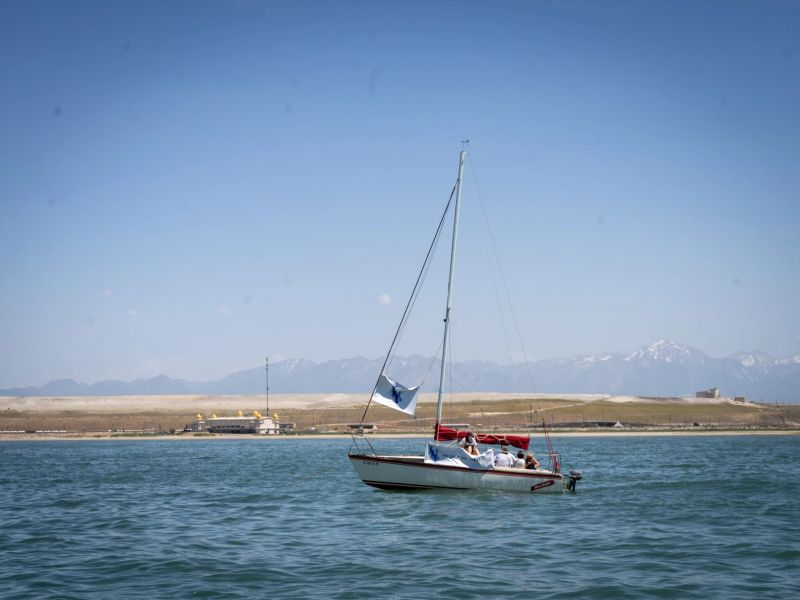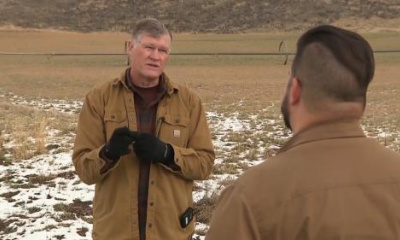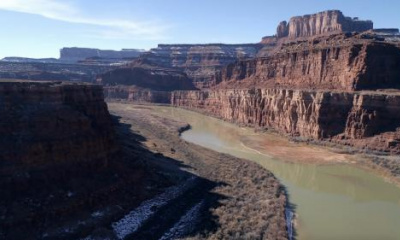Conservation and military use don’t always go hand in hand. But in the case of Great Salt Lake, it’s a different story.
From Logan to Utah Lake in the south and the Wasatch Front to the western shore of the Great Salt Lake, over 2.7 million acres was designated the “Great Salt Lake Sentinel Landscape” by the federal government in May. It’s one of only 17 sites in the country that holds significant value for national defense and conservation.
For Tyler Smith, the lake’s sentinel landscape coordinator, it’s “not just about immediately around the military fence line.”
“There are other issues related to climate change or weather incidents that create flooding and drought and wildfires and all these environmental things. They start to impact the ability to train and to do operations on military bases.”
In short, it’s in the military’s best interest to have healthy environments around its facilities. As Utah grows, preserving land through conservation easements will provide safe training spaces, recreational opportunities, protect wildlife habitat and act as a buffer between military use and the public.
Hill Air Force Base, Camp Williams, Tooele Army Depot, and Air Force Little Mountain Test Facility are all contained within the Great Salt Lake Sentinel Landscape.
From the perspective of conservationists, the designation also opens up a host of opportunities for funding and better coordination across sensitive areas.
“It's bringing together all these different partners from various levels, whether it's local, county, state, federal, and then the nonprofit organizations as well, so that we can all work towards a common purpose,” said Elizabeth Carter, a land protection director with The Nature Conservancy, which has a nature preserve within the designated landscape.
The partnership has worked well in other sentinel landscapes across the country, Carter said, including her work at the Middle Chesapeake Sentinel Landscape in Maryland, Virginia and Delaware.
“Often our federal partners can point us in the direction of the funding mechanisms that they administer that are most beneficial for that property or that project. So there's a lot of collaboration that takes place.”
So what could this mean for Great Salt Lake?
For Smith, who is also a retired U.S. Army Brigadier General and former commander at Camp Williams, the designation is a benefit to the environment and the military.
“I think Utah is poised to really embrace this opportunity because there is a lot of emphasis right now on the Great Salt Lake,” he said. “There's a lot of emphasis on water resources, wildlife habitat, wildland fire. All those things are consistent with the goals and objectives of the landscape.”
The sentinel landscape also has the support of Great Salt Lake Commissioner Brian Steed and Utah State University’s Janet Quinney Lawson Institute for Land, Water and Air.
With so much uncertainty surrounding the future of Great Salt Lake, an alliance between the military and conservationists may sound like a fragile one. But for those who have already worked with other sentinel landscapes, there is a big upside for long-term results.
“You're not just leaning on a single source,” said Carter.
“You're finding all these different partners with overlapping interests and mutual benefits to create this knitting of protected lands. That's what I would say is daunting but worthwhile.”








